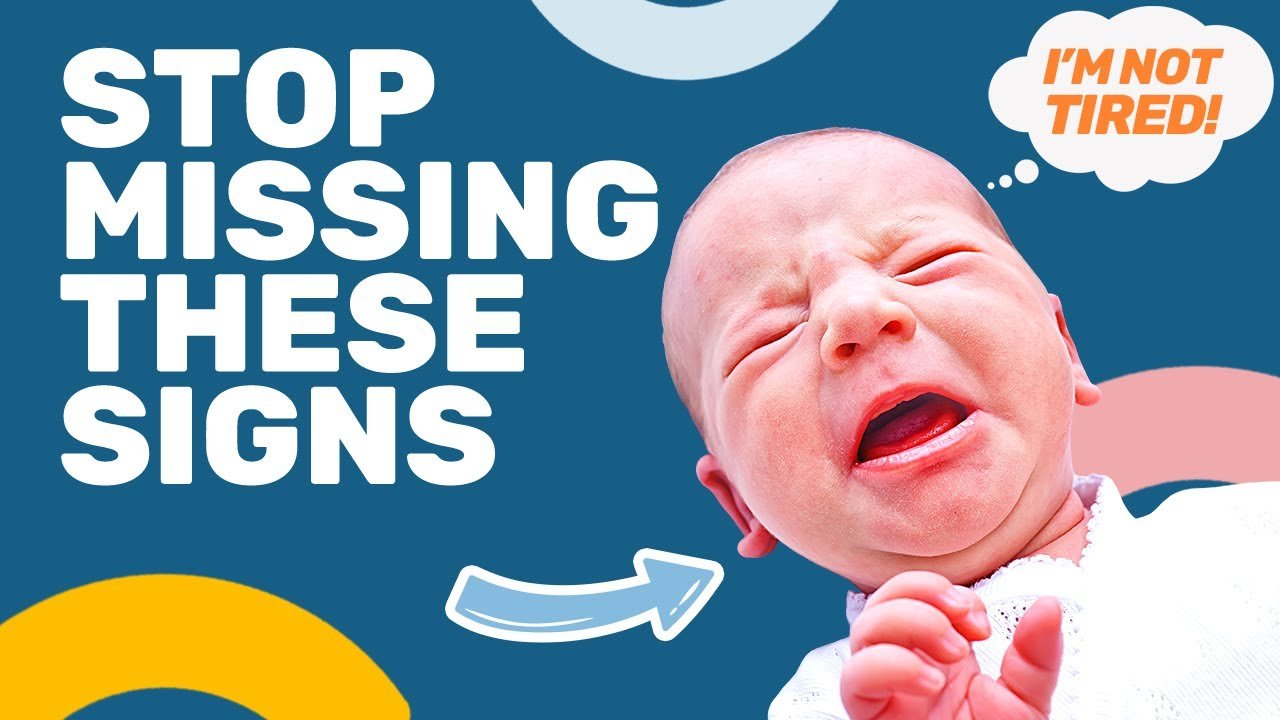Understanding and responding to newborn baby cues is essential for parents to effectively meet their baby’s needs. In this informative video by Emma Hubbard, you will learn about the different cues that newborns use to communicate, such as tired cues, disengagement cues, hunger cues, and play cues. By combining these cues with context, such as their sleep and feeding schedule, parents can gain a better understanding of what their baby needs. Missing cues can lead to the progression of more obvious cues, making it crucial to respond to early cues to avoid difficulties in meeting the baby’s needs. This video provides real-life examples and practical tips to help parents accurately interpret and respond to their newborn’s cues, making life with a newborn much easier.
Throughout the video, Emma Hubbard shares valuable insights and observations, explaining the meaning behind different cues and how they can be interpreted. By understanding and responding to these cues, parents can establish a stronger bond with their newborn and ensure their well-being. So, if you want to navigate your journey as a new parent more smoothly and enhance your baby’s development, this video is a must-watch.

Understanding Newborn Baby Cues
Newborn babies have their own unique ways of communicating their needs, and understanding their cues is essential for providing them with the care they require. By combining these cues with the appropriate context, caregivers can accurately determine what their baby needs, which can greatly simplify the experience of caring for a newborn. In this article, we will explore the importance of baby cues, how to combine them with context, and the different types of cues that newborns display.
Importance of Baby Cues
Communication of Needs
Baby cues serve as a means of communication for newborns, allowing them to express their needs and desires. As caregivers, it is our responsibility to pay attention to these cues and respond accordingly. By recognizing and responding to their cues, we can meet their needs effectively and promote their overall well-being.
Establishing Bond and Trust
Understanding and responding to baby cues not only fulfills their needs but also helps to establish a strong bond and trust between the caregiver and the newborn. When babies feel that their cues are being acknowledged and attended to, they develop a sense of security and trust in their caregivers. This lays the foundation for a healthy caregiver-infant relationship.
Maintaining Baby’s Well-being
Newborns rely solely on their caregivers for their well-being. By being attentive to their cues, caregivers can ensure that their baby is comfortable, fed, and well-rested. This promotes the baby’s physical and emotional well-being, creating a nurturing environment for their growth and development.
Combining Cues with Context
Understanding Non-Verbal Cues
Newborns primarily communicate through non-verbal cues, making it important for caregivers to be observant and attuned to their baby’s actions and expressions. Non-verbal cues can include body movements, facial expressions, and sounds. By paying attention to these cues and interpreting them in combination with the surrounding context, caregivers can gain insight into what their baby needs.
Observing Surrounding Environment
The context in which a baby’s cues occur is crucial for understanding the underlying message. Caregivers should consider factors such as the baby’s recent activities, sleep patterns, and feeding schedules. By taking into account the overall environment and recent events, caregivers can make more accurate interpretations of the baby’s cues.
Considering Time and Routine
Establishing a consistent routine for newborns can be beneficial in understanding their cues. Babies often display cues at specific times, such as when they are tired or hungry. By following a predictable routine, caregivers can anticipate and respond to their baby’s needs more effectively. This helps to minimize confusion and frustration for both the caregiver and the baby.
Types of Baby Cues
Newborn cues can be categorized into different types, each indicating a specific need or desire. By recognizing and understanding these cues, caregivers can address the needs of their baby appropriately.
Tired Cues
Tired cues are indicators that a baby is ready for rest or sleep. These cues include yawning, eye rubbing, fussiness, irritability, and decreased activity level. By recognizing these cues, caregivers can provide a calm and soothing environment to help their baby settle and sleep.
Disengagement Cues
Disengagement cues signal that a baby needs a break from stimulation or interaction. These cues include avoiding eye contact, looking away, frowning, or turning their head. By recognizing and respecting these cues, caregivers can give their baby the space they need and prevent overstimulation.
Hunger Cues
Hunger cues indicate that a baby is ready to eat. These cues include the rooting reflex, lip smacking, and sucking on fingers or fists. Caregivers should respond promptly to these cues to ensure that their baby is fed in a timely manner.
Play Cues
Play cues signify that a baby is seeking interaction and stimulation. These cues can include excited movements, smiling, cooing, and reaching or grabbing for objects or people. Caregivers should engage with their baby during these cues to promote their social-emotional development and strengthen the caregiver-infant bond.
Responding to Newborn Baby Cues
Benefits of Prompt Response
Responding promptly to a baby’s cues has numerous benefits. It helps to establish trust and security, promotes the development of healthy attachment, and ensures that the baby’s needs are met promptly. Prompt response also minimizes the progression of cues to more obvious and possibly distressing behaviors.
Building Trust and Security
By consistently responding to a baby’s cues, caregivers demonstrate their availability and reliability, which builds trust and a sense of security in the baby. This trust and security provide a foundation for the baby’s emotional well-being and development in the long term.
Preventing Overstimulation
By recognizing and respecting a baby’s disengagement cues, caregivers can prevent overstimulation. Overstimulation can lead to irritability and distress in the baby, making it important to create a calm and soothing environment when the baby displays these cues.
Conclusion
Understanding newborn baby cues is essential for caregivers to provide optimal care and support for the baby. By recognizing and responding to their cues, caregivers can ensure the baby’s well-being, establish a strong bond and trust, and promote healthy development. By combining cues with context, caregivers can gain a deeper understanding of their baby’s needs and create a nurturing environment that supports the baby’s growth and happiness.

